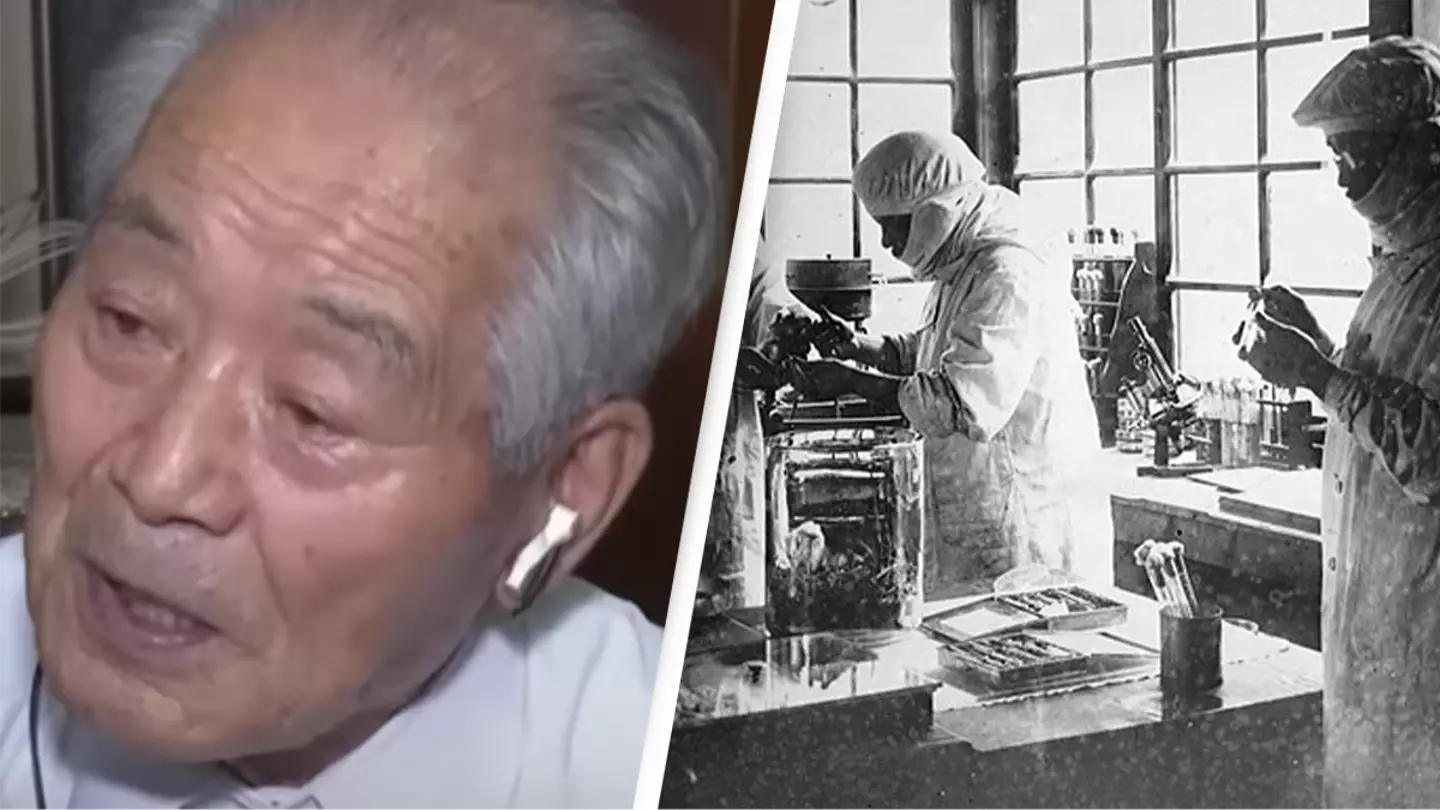
Veterans reveal the horrifying human experiments of Japan's top-secret biological warfare facility Unit 731
The atrocities against prisoners of war and civilians are almost too horrible to believe
Featured Image Credit: Youtube/CGTN/Getty Images/Pictures From History
Topics: Japan, World War 2
 Gerrard Kaonga
Gerrard Kaonga
Gerrard is a Journalist at UNILAD and has dived headfirst into covering everything from breaking global stories to trending entertainment news. He has a bachelors in English Literature from Brunel University and has written across a number of different national and international publications. Most notably the Financial Times, Daily Express, Evening Standard and Newsweek.